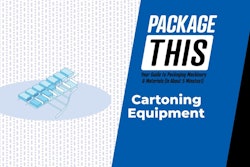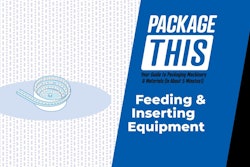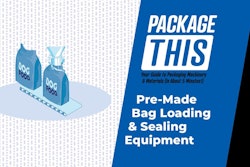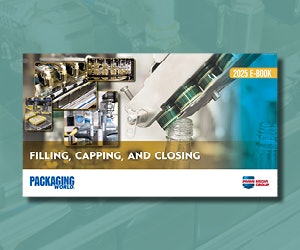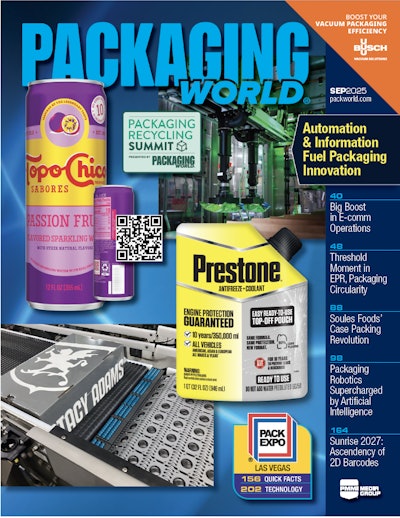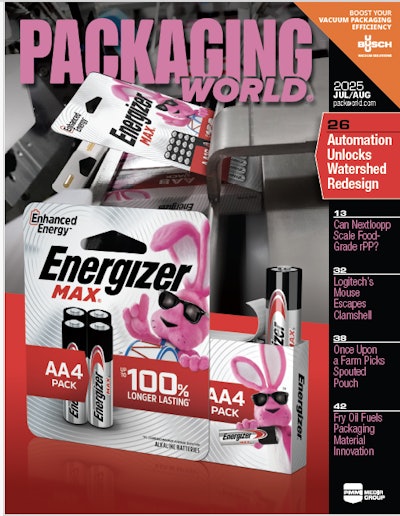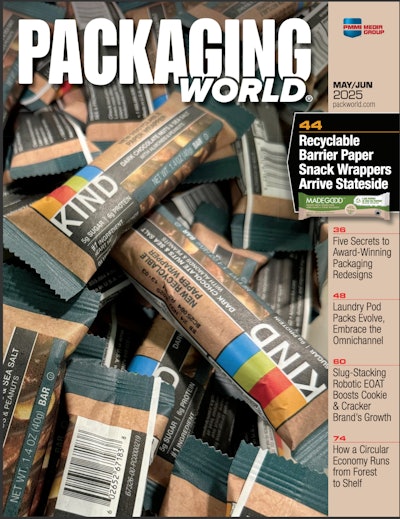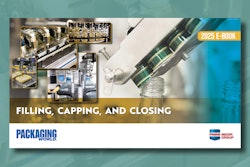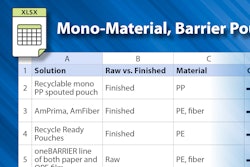Any given CPG has policies for supplier selection. But those policies likely differ according to the importance of the item being purchased. By that association, supplier selection for wooden pallets should be governed by a formal, detailed policy. That’s because pallets enable the handling, storing, and transporting of goods throughout a supply chain, all the while impacting the costs and efficiency of those operations. Stating it differently, pallets are indispensable to commerce. There are a variety of factors that differentiate among pallets, that if disregarded, can result in mistakenly categorizing pallets as commodities (listed in Part 1 of this series).
Since many companies already have policies for high-value procurements, little or no modifications are necessary to apply those policies to the selection of pallet suppliers. The suggestions presented in this column, therefore, will be familiar to many, and hopefully validating. After determining one’s needs, conveyed in detailed specifications, the task reduces to determining which supplier(s) can fulfill them. But as is often the case, matters are not as simple as they might sound.
The required volume is of utmost importance: a prospective supplier not only must be capable of making pallets to specification but also capable of supplying them in the needed quantities. It’s helpful if a projected annual volume can be broken into smaller time units—monthly, seasonal, weekly—whatever makes the most sense. The subsequent deliveries will impact the amount of inventory that the receiving company maintains, and in turn, whether it’s kept outside or inside (the latter at the expense of floorspace).
Geographical proximity can place a supplier in a favorable light. Transportation times are shorter, appreciated in times of emergency or when a delivery needs to be replaced. Proximity, of course, translates into lower transportation costs. Another benefit of proximity is the convenience with which a company can perform a site inspection, whether it’s of a prospective supplier or even of an approved supplier, e.g., for auditing purposes. On the other hand, proximity benefits both aforementioned types of suppliers, facilitating visits to a company’s site for a better understanding of that company’s operations.
A pallet supplier is a partner, so capability should be coupled with a good reputation and a good track record. Vetting for those characteristics have been aided in this digital age by posted reviews. But reviews can be manipulated, so it’s advisable to require references. Pallets are not complex constructions, and so the barriers-to-entry for the supply industry are low. Those facts combine for the possibility of fly-by-night operations. A start-up supplier can be at a disadvantage, but it still can be a viable prospect when properly vetted.
All things that are packaging-related are subject to scrutiny along sustainability lines. A company thinking that it has done due diligence regarding its primary packaging and even regarding its secondary packaging should guard against being blindsided by attacks against the sustainability of its pallets. Such vulnerability can happen if a company considers itself to be on solid ground simply because wood is a renewable resource and is recyclable/repairable. As for virgin vs. recycled/repaired, there are questions as to the allowable amount of recycled/repaired material, in addition to which components (deck boards, stringers) are to be thusly categorized. It injects more variance into conditions that already are fraught with variance. As an example, different states across the nation apply different criteria in the grading (A, B, C) of pallets.
The preceding discussions underscore the importance of customer service. Challenges, in addition to the occasional crisis, will arise. Suppliers need to be problem-solvers. The requirement takes on additional importance when multiple locations are involved, whether owned by the supplier or by the client company. Whatever the makeup of the partnership, the objective should be the establishment of an agreed-upon level of quality and performance, and its consistent delivery. In that pursuit, effective communication channels are essential.
Then there is pricing. A low quote is alluring, no doubt. However, what should be kept in mind is the difference between price and value. While price is just a dollar amount, value is a measure of what is received for that price. Value, in other words, includes the purchased item plus all services and benefits that derive from the purchase. Returning to the earlier mention of multiple locations, an example of value is consolidated invoicing and reporting. The determination of value requires analytical chops. Factors have to be identified and prioritized, resulting in inevitable trade-offs, the objective being not necessarily the lowest price but the optimal price (i.e., value).
Part 3 will be guidelines for storing pallets.
Sterling Anthony, CPP, consults in packaging, marketing, logistics, and human-factors. A former faculty member at the Michigan State University School of Packaging, his contact info is:100 Renaissance Center, Box-176, Detroit, MI 48243; 313/531-1875; [email protected]









